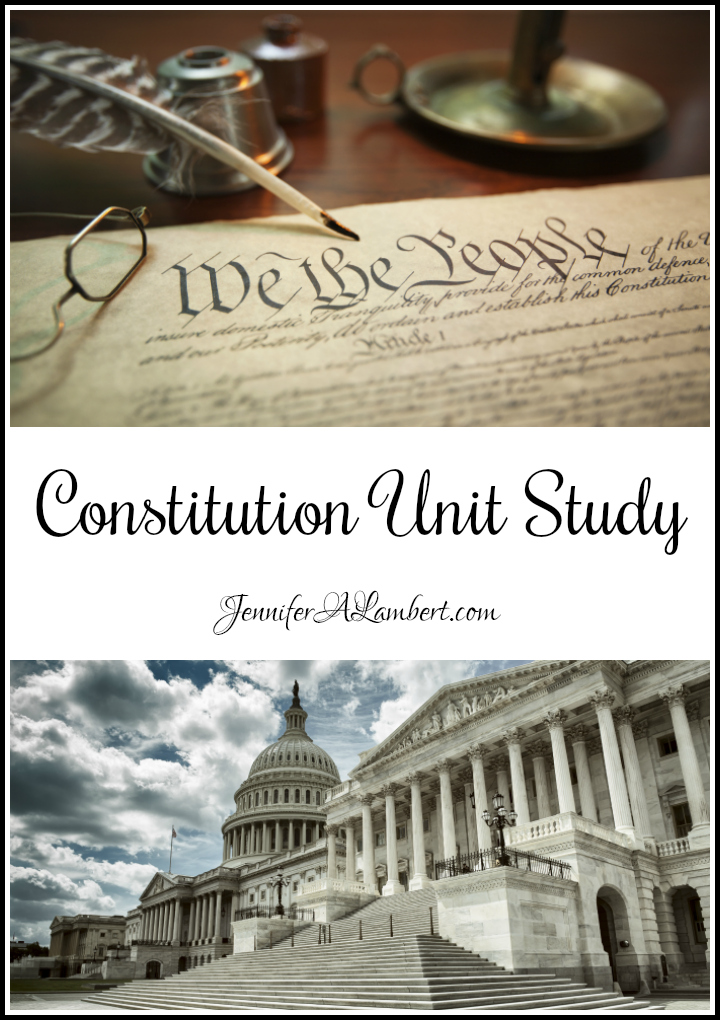We were so excited to visit The Taft Museum of Art for a special photography exhibit.
Moment in Time: A Legacy of Photographs
We loved the photos and how they were displayed and explained.
There were some famous photographers exhibited, like Man Ray and Dorothea Lange. Portraits and artistic compositions.
Some of our favorites:

We took a fun mirror selfie.

The house is lovely with the architecture, decor, and art.

We loved this archway and the drapery is just gorgeous everywhere.


We got in trouble for leaning too far over and set off the alarm to view these little squirrel containers more closely.

There’s also a really adorable tea room and garden area. We’d love to go back and see other exhibits.
Plan your visit to The Taft Museum of Art.
10 a.m.–5 p.m., Wednesday–Monday
Admission is free for Taft members, military, and youth (17 and under); $15 for adults; $12 for seniors. Non-members save by purchasing tickets online. Sundays and Mondays are free!































